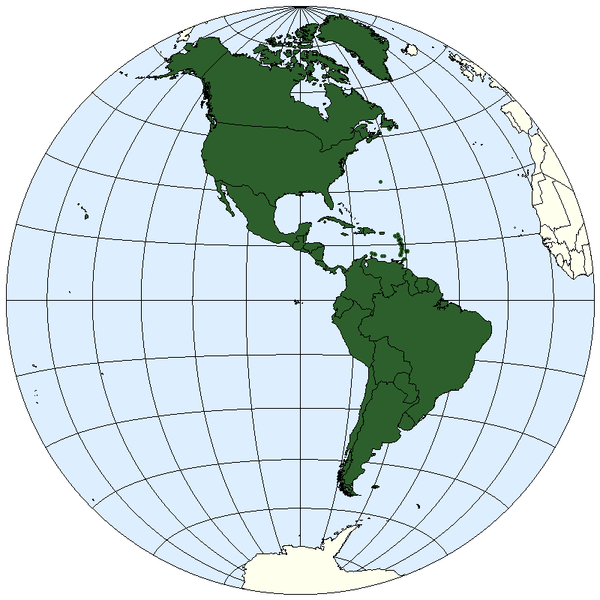The Pan American Health Organization (PAHO) released an epidemiological update on indigenous circulation of Zika virus in the Region of the Americas since first seen in 2014 on Friday.

Public domain image/ E Pluribus Anthony
In February 2014, the public health authorities of Chile confirmed the first case of indigenous transmission of infection by Zika virus in Easter Island (Chile). The virus was reported through June of that year.
Subsequently, in May 2015, the public health authorities of Brazil confirmed indigenous transmission of Zika virus in the northeast. Through October 2015, 14 states confirmed indigenous transmission of the virus: Alagoas, Bahia, Ceara, Maranhao, Mato Grosso, Pará, Paraíba, Paraná, Pernambuco, Piauí, Rio de Janeiro, Rio Grande do Norte, Roraima and São Paul.
This past week health authorities of Colombia reported the detection of the first indigenous case of Zika virus infection in the state of Bolivar.
Outbreaks seen in different regions of the world demonstrate the potential of this arbovirus to spread across the territories where there are Aedes vectors for this virus.
PAHO recommends that its Member States establish and maintain the capacity to detect and confirm cases of Zika virus infection, prepare health services to the possibility and and implement an effective strategy public communication to reduce the presence of mosquito especially in areas where the vector is present.


3 thoughts on “Zika in the Americas: PAHO summary”